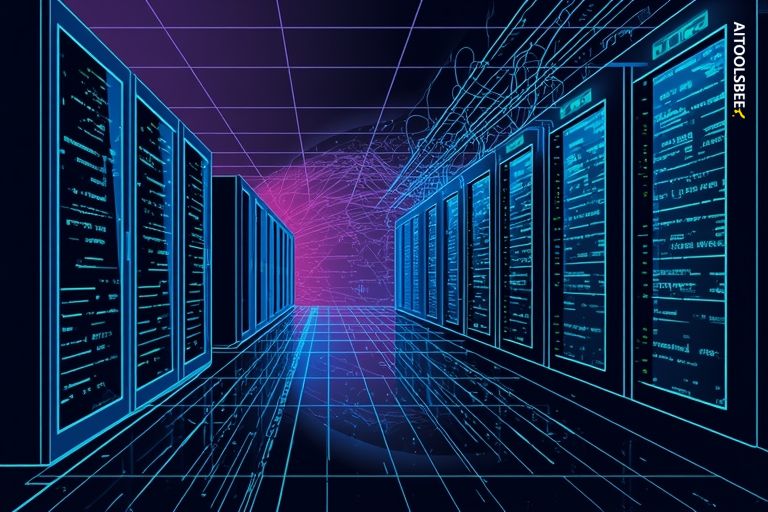
AI Infrastructure Expansion Boosts DRAM Demand
The expansion of artificial intelligence (AI) infrastructure is shifting investment and demand from high-bandwidth memory (HBM) to general-purpose DRAMs. As global cloud companies accelerate their computational infrastructure expansion, demand for high-performance memory focused on HBM is extending to DRAMs for general servers. Memory demand companies have responded by expanding long-term contracts and pre-orders, leading to DRAM prices nearly tripling in half a year. Samsung Electronics' semiconductor (DS) division's operating profit is also expected to triple next year.
According to market research firm TrendForce, the average spot price of DDR4 (1Gx83200MT/s), a major DRAM product, was $7.93, up 9.86% from $7.22 the previous week. Other general-purpose DRAM products also showed an increase of 6-15%. The industry attributes this price increase to structural demand growth due to the spread of AI servers rather than short-term speculation.
Global cloud operators such as OpenAI, Google, and Amazon are expanding AI servers to enhance computational efficiency. Servers that train and infer AI models must process significantly more data simultaneously than before, leading to a rapid increase in DRAM capacity per unit. Consequently, the average DRAM capacity per server is expected to increase by more than double digits next year compared to the previous year, with overall server DRAM demand expected to rise by over 20%.
While DRAM demand is rising rapidly, supply is constrained due to increased investment in HBM. Samsung Electronics and SK Hynix are continuing to invest in memory facilities focused on HBM. Both companies plan to concentrate on mass production of HBM4 from the end of this year to next year, making it challenging to increase general DRAM production capacity quickly. "As facilities are concentrated in HBM, the capacity to produce general-purpose DRAMs is rapidly decreasing," an industry official stated.
TrendForce predicts that DRAM prices in the fourth quarter of this year will increase by 13-18% compared to the previous quarter. UBS also raised its forecast for DRAM fixed transaction price growth to 17% from 5%, assessing that "the memory market has entered a super cycle that occurs once every 10 years due to a surge in demand for AI servers."
With the surge in general-purpose DRAM prices, DDR5's profits may exceed HBM3E next year. The industry analyzed that "the profitability of general DRAMs is reviving despite the production transition centered on high-performance products." Samsung Electronics' DS division, the world's largest memory semiconductor company, is already recovering. Amid expectations for a "semiconductor supercycle," prices of general-purpose DRAM and NAND flash have risen, and losses in the foundry division have also decreased significantly. Major big tech companies such as Nvidia, OpenAI, AMD, and Broadcom are positively impacting Samsung Electronics' HBM business growth as they pursue HBM supply chain diversification.
The securities market expects operating profit in the DS sector to increase significantly after the fourth quarter as the old memory supply limit and price rise continue. Kim Dong-won, a researcher at KB Securities, stated, "Samsung Electronics' performance next year is expected to reach 64 trillion won due to improved profitability from a prolonged rise in DRAM unit prices," adding, "It is expected to achieve its highest performance since 2018."
Analysts indicate that the structural change in the memory market triggered by the spread of AI is now leading to a full-fledged constitutional change. As high-performance investments centered on HBM spread to recovery in demand for general-purpose DRAMs, the overall memory industry is being reorganized into a "high-performance and high-yield" structure. "This cycle is not just a price rebound, but a process in which the industrial structure itself shifts to AI computation," a semiconductor industry official stated. "The direction of future memory investment and technology development is likely to solidify in line with this trend."

